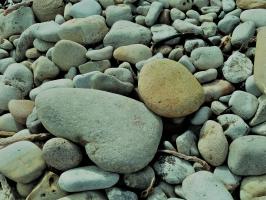Why the choice of title? Father Laurence and leaders of WCCM silent retreats have often encouraged participants to write haikus. The wonderful speaker at this year’s UK Conference’, Mark Burrows, is a poet. It seemed appropriate to use a poetic form as a workshop focus. But most of all, it was the link to meditation that has drawn me to the haiku.
It has a short but clear form; its essence is single-focused attention on something in the natural world. Although there are often modern variations in both structure and focus, it should not have any intrusions of the personal – in other words, no ‘I’, no ego. But it can end with a playfulness, a lightness. What could be more allied to meditation?
In each of the two repeated workshops, we had curious and engaged participants, some had knowledge of the haiku, most had not. In spite of initial reluctance, after the introduction and examples, all wrote their own verse.
There was a lot of laughter as we counted the required seventeen syllables, in the correct sequence, pointing out each others errors of form. Most of all we pounced on the ‘I’ or ‘we’ intrusion, in our own or other people’s work. Groans from the writers as they realised how easily ego could creep into attention paid to a leaf, a flower, a bird.
A few people sent me haikus they have written since, a selection of which are here for you to enjoy.
It was a lot of fun and, of course, we ended with a meditation.
Valerie Quinlivan
Haikus
with holes here and there, what fun
says the caterpillar.

will keep us from the flower.
The flower has no thorn.

Waiting for the golden hour
To be lifted high.

Standing stiffly on duty
Until the rain falls.

The young princely blade of grass
Bows to the wind

Grows upward towards the light
Catches morning sun.

Dips into a bowl of soup
Then returns to rest
